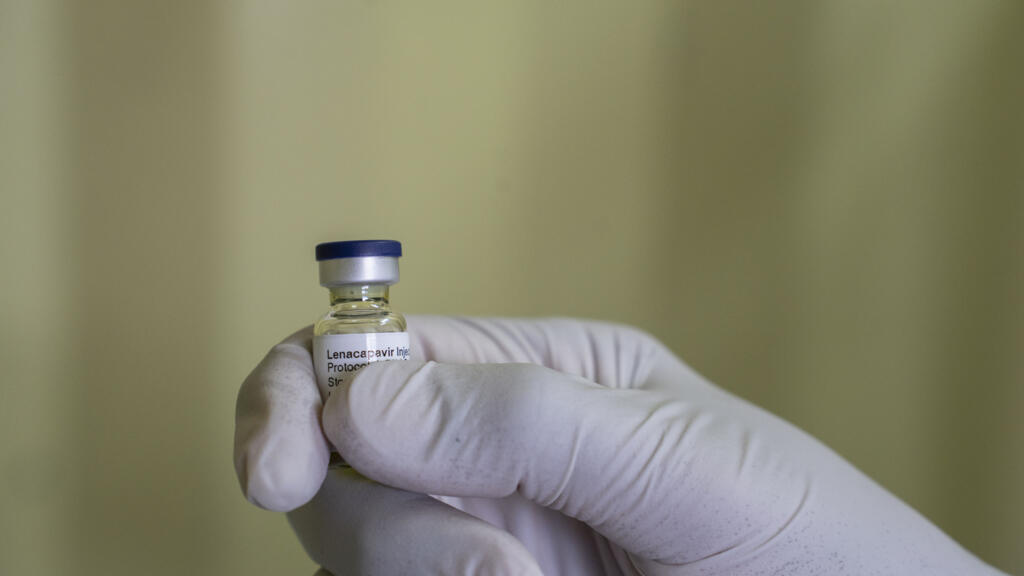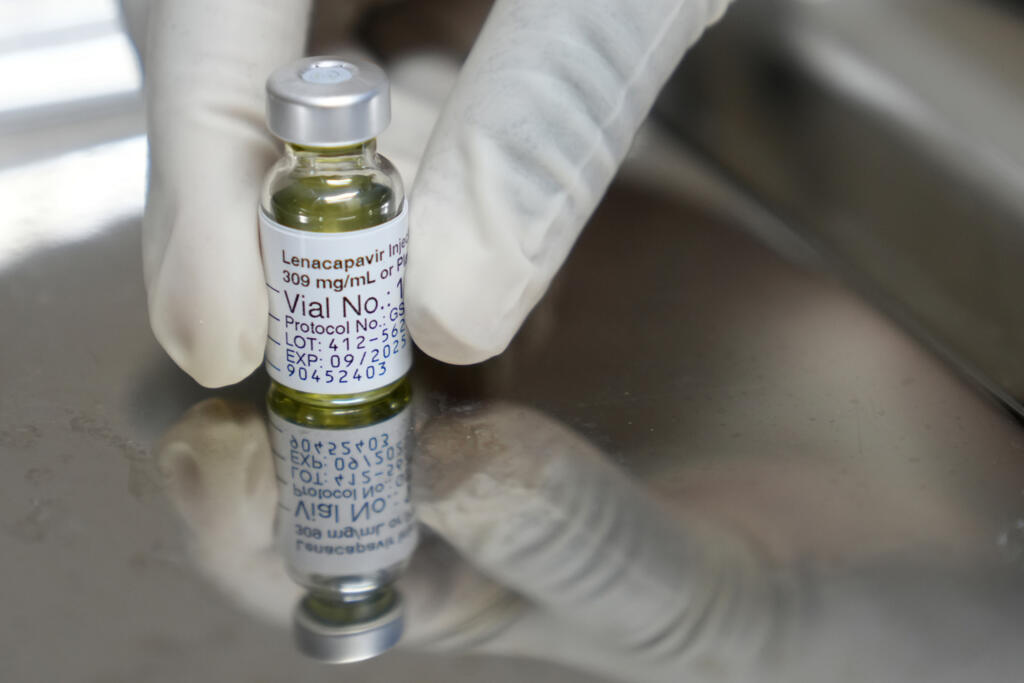Conditions Are Ripe for a Resistance Counter-Offensive
It’s been over ten long months that the forces of democracy have been on the defensive, doing our best to withstand the many and various assaults on us on issue after issue, but the tide is turning:
-Trump’s polling numbers keep going down, at 36% positive and 60% negative in the latest Gallup Poll;
-Four weeks after Democratic Party electoral victories all over the country on November 4, it’s possible as I write that, today, a Democrat running for Congress in a special election in Tennessee could win despite, in the 2024 election, the Republican candidate winning by a 22% margin of victory;
-Long-time MAGA leader Margaret Taylor Green is resigning from Congress and publicly criticizing Trump on health care, the Epstein issue and more, with the likelihood that other Republican House members will follow her lead;
-The Epstein sex trafficking crisis is not going away!
-Trump’s “Justice” Department’s indictments against James Comey and Letitia James have been thrown out by a US District Court judge;
-Congressional Republicans are on the defensive over what to do about the health care crisis, overall, with the specific problem of huge increases in premiums, doubling, tripling or more, for millions of people by the end of the year; this was one of the main reasons for Green’s resignation;
-And now comes the Caribbean motorboat revelations about Pete Hegseth giving the illegal order to “kill everybody” on those boats even if a boat has been destroyed and there are survivors. True to form, exposed as they have been, rats like Hegseth are deserting a sinking ship by trying to shift the blame to a career military admiral.
Remember that it was Joe McCarthy in the 1950’s attacking the US military that was the beginning of the end for his McCarthyite repressive campaign.
There are probably some on the political Left who would counsel that we allow all of this to keep unfolding and not “rock the sinking boat,” just let it take its course, but I don’t agree at all.
We should do just the opposite, consciously up our game, keep broadening out our resistance movement and make plans for 2026 to be the year that Trump and the MAGA’s are decisively defeated and the House and the Senate come under Democratic and progressive independent (Bernie, others) control. Like it or not, that has to be our north star for the next 11 months, as we keep up the resistance to ICE and Border Control raids and take action on all of the many other issues our peoples are dealing with.
That issue-oriented activity will strengthen the electoral campaigns of genuine progressives in the Democratic primaries running against corporatists or anti-Left centrists, as well as serious, tactically smart, progressive independent campaigns.
It will be essential that we do what we did so effectively over this past year as far as taking it to the streets. We need national days of coordinated local actions, which began in 2025 on February 5 with the 50501 actions in just about every state capitol. Those actions kept building throughout the year up to the seven million of us coming out in 2,600 local actions in every state on the second No Kings day October 18.
January 19, 2026, one year after Trump took office and the federal Martin Luther King, Jr. holiday, would be a very good day to initiate this continuing campaign of nationally coordinated street action.
2026 will be the 250th anniversary of the Declaration of Independence, which offers us lots of possibilities.
We do need to be up front about the mixed reality of that historic revolution against British colonialism, the reality of European-American enslavement of Africans and violent theft of land lived on by indigenous nations for thousands of years. But it is a fact that the American Revolution helped to inspire anti-colonial and anti-monarchy revolutions in France, Haiti, South America and elsewhere. Indeed, when the Vietnamese revolutionaries in 1946 put forward their call for independence from French colonialism, they quoted the US Declaration of Independence.
We should have no illusions that the MAGA’s as a whole are going to see the light and stop with their repressive and regressive efforts, though there’s no question that some of them already are moving away from Trump and there are major internal rifts. This is another important fact about the crisis the Republicans and fascists are in.
As bad as 2025 has been, 2026 can be very different, if we all stay strong and keep consciously building the resistance movement in all its many different aspects. 2026 can end up being a happy, a joyous, successful new year of popular, nonviolent uprising for justice, democracy, peace and defense of our threatened ecosystems.








